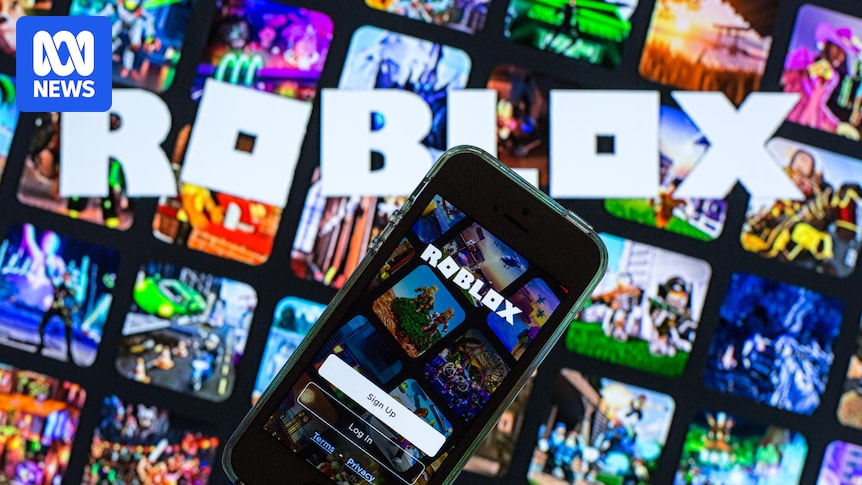“We hear from readers a lot about how we produce so much awesome journalism, and it’s really hard to find it all,” Emily Withrow, SVP of product at the Times, told me. “It’s a classic problem of real estate. Oftentimes we are tied to [having] something once a day on the home screen that then is displaced by something else.” The solution, then, was to create more home screens. In the redesigned app, there are still four tabs — “home,” “listen,” “play,” and “you,” where users can follow topics they’re interested in — at the bottom, but a bar at the top of the home tab presents a list of sections that users can swipe through. Swiping to the right takes users to sections from the Times’ core product — “Great Reads,” Lifestyle, Opinion. (There’s also a section for the 2024 election; it will likely be replaced by another topical section after November). Swiping to the left, meanwhile, takes users to the Times’ sub-brands: The Athletic, Cooking, Wirecutter, and Games. The redesign isn’t meant to replace or phase out the other apps the Times has built over the years. In the main app, the sections for each sub-brand will not be as fully featured as the standalone apps. The cooking section, for example, will surface recipes but link out to the Cooking app for features like the recipe box. “We’re not building a mega app,” said Kristen Dudish, VP of product design at the Times. “We’re kind of giving you a preview of everything, so that you can discover them within the news app as part of the New York Times universe.” For an all-access user swiping through the app, the message is “these are all the things you’re getting.” Someone who might only subscribe to one or two of the Times’ products, on the other hand, will be able to swipe through all the sections and read the headlines like an all-access subscriber, but hit the paywall once they try accessing content their subscription doesn’t provide access to; the message for them, essentially, is “these are all the things you’re missing.” The app is also a showcase of the Times’ standing as not just a news company but a tech company in its own right. It employs hundreds of software engineers across various teams, and the company has been in prolonged contract negotiations with the Times Tech Guild, which represents 600 members; the union recently threatened to go on strike on Election Day. In a statement, a spokesperson for the Times said that they “respect the rights of our colleagues in the TechGuild to engage in protected actions” and added that there “was no restructuring of teams for the new Times app redesign launch.” In some ways, the experience reminded me of the feeling of getting a hefty Sunday paper and sifting through the supplements. But it also reminded me of switching between feeds on Bluesky or X, which Withrow and Dudish acknowledged themselves; they themselves often referred to the sections as “feeds,” albeit ones with more of a (human) editorial hand shaping them. The redesign takes inspiration from social media in other ways, too. “We believe the vast majority of people who are opening our app right now are looking for something to read. Sometimes that’s something very serious, and sometimes it’s a viral bad art friend story,” Withrow said. “But people often switch modes very quickly. They’re more accustomed to seeing something really silly next to something really serious because of their social media feeds. You’ll be in a reading mode, and then you’ll sort of fall into a video mode at the right moment because you’re interested in a piece of content [that showed up in your feed].” “What we’re trying to say,” she added, “is that we have many other modes besides just reading.” This story was updated on October 3 with a statement from the New York Times about tech workers.
2024-10-01 14:25:00
The New York Times redesigns its app to highlight a universe beyond just news
| Name | |
|---|---|
| Publisher | |
| Genre | games news |
| Version | |
| Update | ديسمبر 8, 2024 |
| Get it On |

|





































